Distributive Property Fun Worksheets
The distributive property can be a tricky concept for many students to grasp. However, with the help of engaging and interactive worksheets, learning about this mathematical principle becomes much more enjoyable and accessible. These worksheets provide students with the opportunity to practice applying the distributive property in a variety of contexts, allowing them to strengthen their understanding and build confidence in their math skills. Whether you are a teacher looking for supplemental resources or a parent wanting to support your child's learning, these distributive property worksheets are an excellent tool to enhance math comprehension.
Table of Images 👆
- Distributive Property Multiplication Worksheets
- Distributive Property Worksheets 3rd Grade
- 6th Grade Math Worksheets Angles
- 3 Grade Math Worksheets
- Proper Nouns Worksheets
- Mickey Mouse Coordinate Plane Worksheet
- Printable Practice Cursive Writing Worksheets
- Sonic Coloring Worksheets Multiplication
- 5th Grade Math Word Problems Worksheets
- Simple Equations with Variables Worksheets
- Tortoise and Hare Start
- 3rd Grade Math
More Other Worksheets
Kindergarten Worksheet My RoomSpanish Verb Worksheets
Cooking Vocabulary Worksheet
DNA Code Worksheet
Meiosis Worksheet Answer Key
Art Handouts and Worksheets
7 Elements of Art Worksheets
All Amendment Worksheet
Symmetry Art Worksheets
Daily Meal Planning Worksheet
What is the Distributive Property?
The Distributive Property states that for any real numbers a, b, and c, the product of a and the sum (or difference) of b and c is equal to the sum (or difference) of the products of a and b and a and c. In other words, a(b + c) = ab + ac and a(b - c) = ab - ac. It allows for simplifying algebraic expressions and equations by distributing multiplication across addition or subtraction.
How does the Distributive Property work with addition and subtraction?
The Distributive Property states that when you multiply a number by a sum or difference inside parentheses, you can distribute the multiplication to each term inside the parentheses separately. For addition, the property can be applied as a(b + c) = ab + ac and for subtraction as a(b - c) = ab - ac. This means you can simplify expressions by multiplying each term inside the parentheses by the number outside the parentheses.
How does the Distributive Property work with multiplication and division?
The Distributive Property states that when multiplying a number by a sum or difference inside parentheses, you can distribute the multiplication to each term inside the parentheses. For example, in the expression a x (b + c), you can distribute the multiplication to get a x b + a x c. Similarly, the Distributive Property also works with division. When dividing a number by a sum or difference inside parentheses, you can distribute the division to each term inside the parentheses. For instance, in the expression a / (b + c), you can distribute the division to get a / b + a / c.
Explain how to use the Distributive Property to simplify an expression.
To use the Distributive Property to simplify an expression, you need to distribute each term outside the parentheses to each term inside the parentheses. This means multiplying the term outside the parentheses by each term inside the parentheses. After distributing, you can combine like terms and simplify the expression further if necessary. Remember, the Distributive Property helps in breaking down complex expressions into simpler forms by distributing the multiplication across the terms within the parentheses.
Give an example of applying the Distributive Property to expand an expression.
Sure! Let's expand the expression 3(2x + 4) using the Distributive Property. First, distribute the 3 to both terms inside the parentheses: 3(2x) + 3(4). This simplifies to 6x + 12, which is the expanded form of the expression.
How can the Distributive Property be used to solve equations or inequalities?
The Distributive Property can be used to simplify expressions by distributing a value across the terms inside parentheses. In equations or inequalities, the Distributive Property can help to combine like terms and isolate the variable on one side of the equation or inequality, making it easier to solve for the unknown value. By distributing and simplifying expressions, one can transform complex equations or inequalities into more manageable forms, ultimately aiding in their solution.
Describe a real-life scenario where the Distributive Property can be applied.
In a grocery store, a customer wants to buy 3 packs of apples, each containing 5 apples, and 2 packs of bananas, each containing 6 bananas. Using the Distributive Property, the total cost of the apples can be calculated by multiplying the price per pack by the number of packs and then adding the total cost of the bananas, which can give an accurate total cost efficiently by breaking down the calculation into smaller, manageable parts.
Can the Distributive Property be used with variables? Explain.
Yes, the Distributive Property can be used with variables. It states that when you have an expression in the form a(b + c), you can distribute the multiplication to each term inside the parentheses to simplify the expression to ab + ac. This principle applies to variables in the same way as it does to constants, allowing you to distribute a variable to each term inside the parentheses to simplify the expression accordingly.
How does the Distributive Property relate to factoring in algebra?
The Distributive Property is essential in factoring algebraic expressions as it allows us to split up terms and factor out common factors. By applying the Distributive Property, we can simplify expressions and identify common factors that can be factored out, ultimately helping us to rewrite an expression in a more condensed and simplified form. This relationship between the Distributive Property and factoring greatly aids in solving equations and manipulating algebraic expressions.
Describe a challenge or trick question that can test someone's understanding of the Distributive Property.
One tricky question to test understanding of the Distributive Property could be: "What is the result of distributing both the addition and subtraction operators over a set of parentheses in an equation?" This question can assess if the individual comprehends that the Distributive Property applies to both addition and subtraction operations and that it involves multiplying both terms inside the parentheses by the term outside the parentheses, changing the signs accordingly, which may trip up those who mistakenly think the property only applies to multiplication over addition.
Have something to share?
Who is Worksheeto?
At Worksheeto, we are committed to delivering an extensive and varied portfolio of superior quality worksheets, designed to address the educational demands of students, educators, and parents.

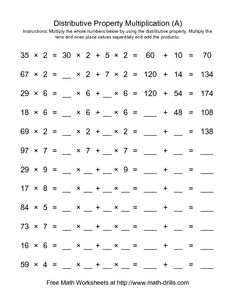



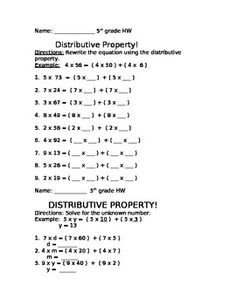
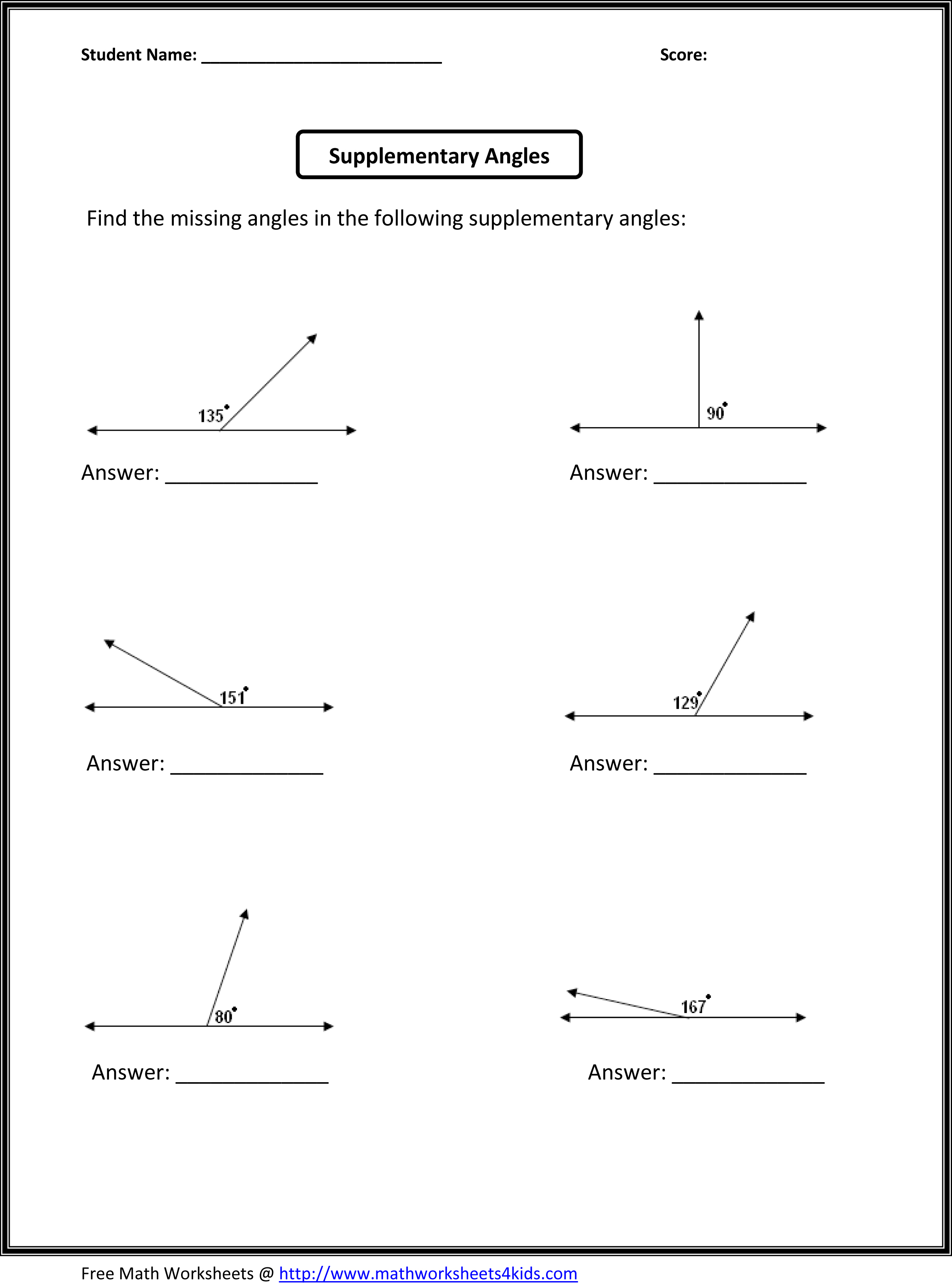
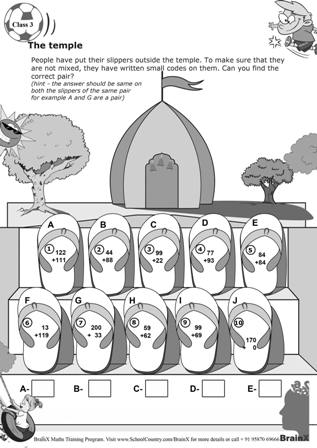
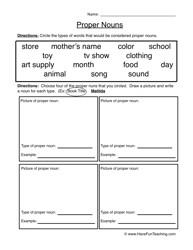
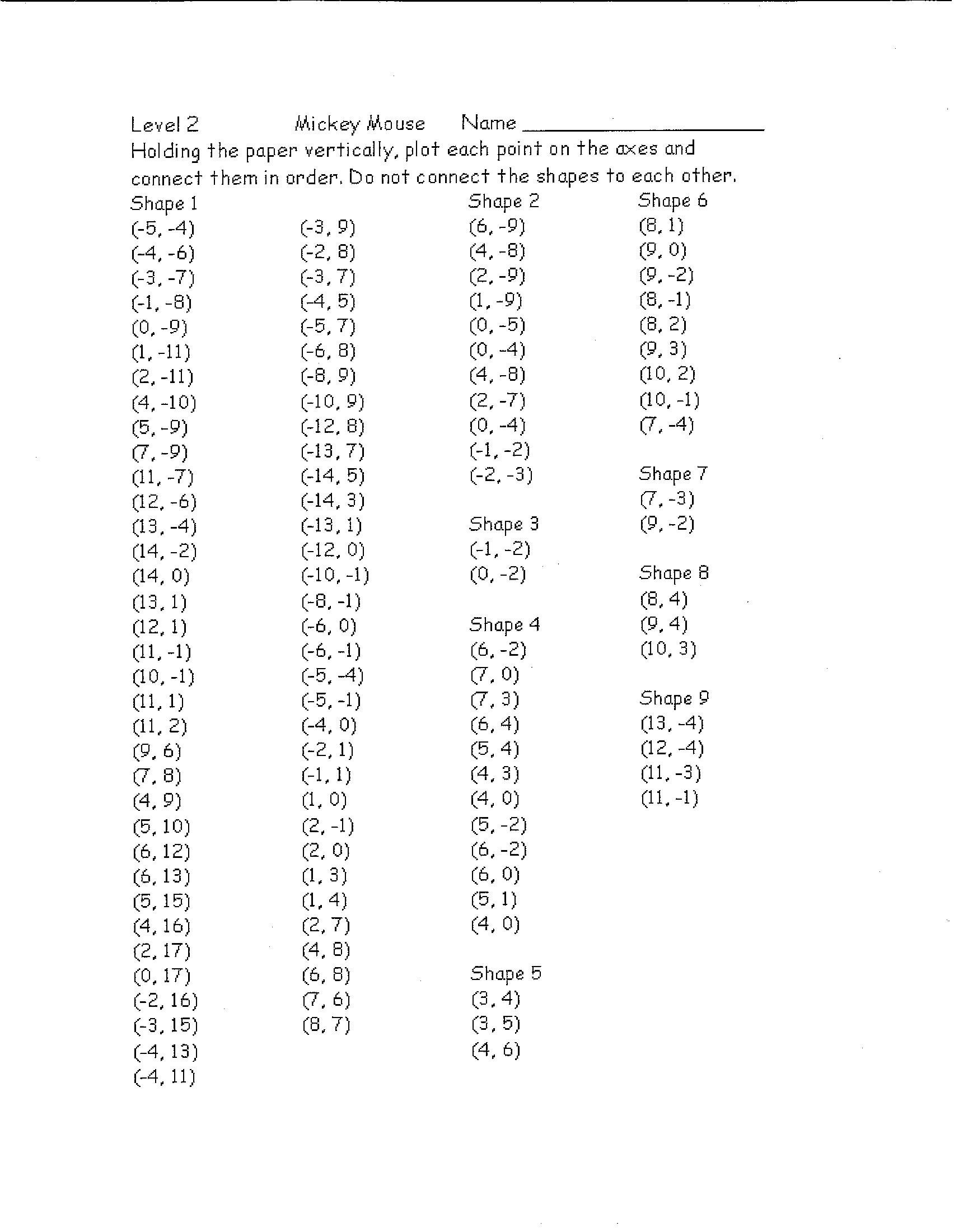

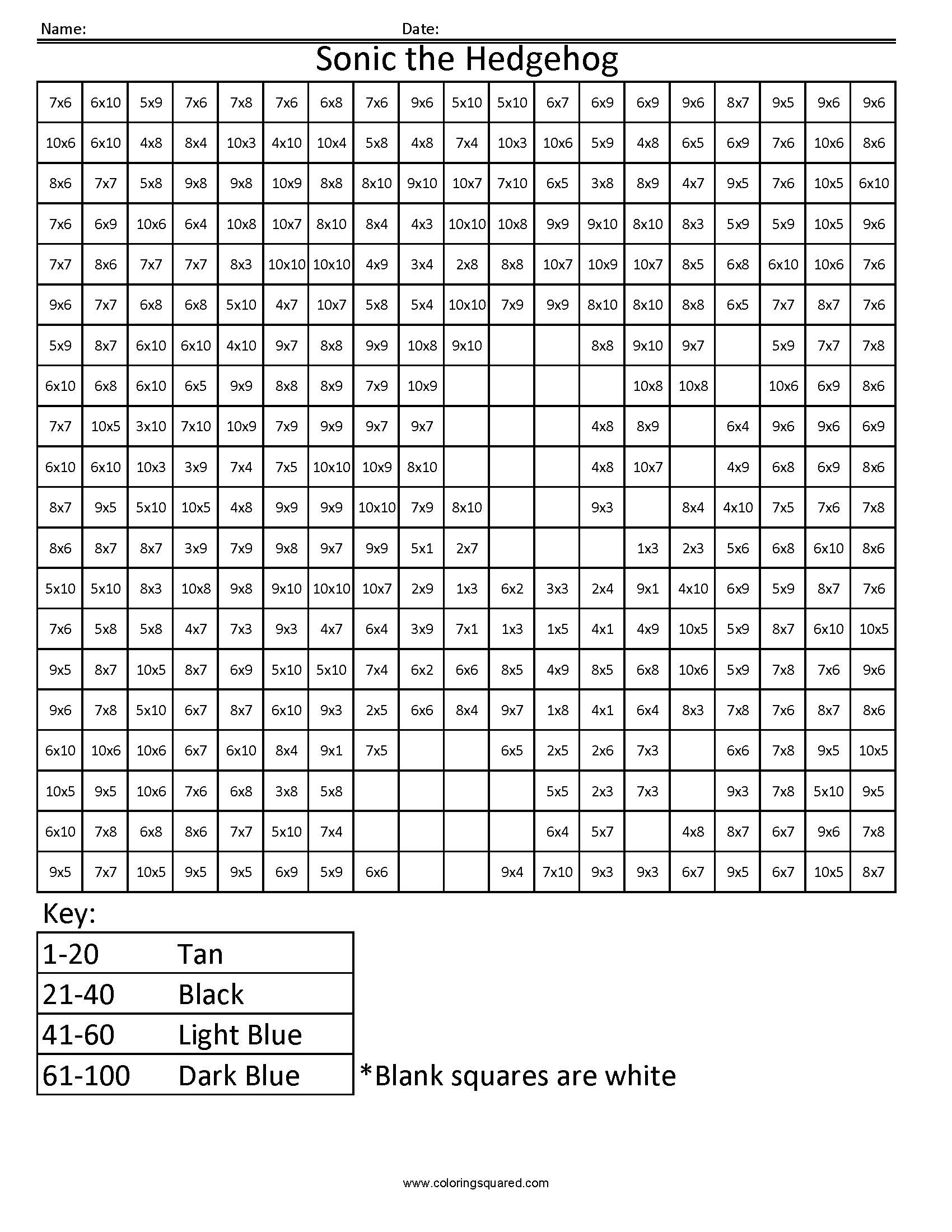
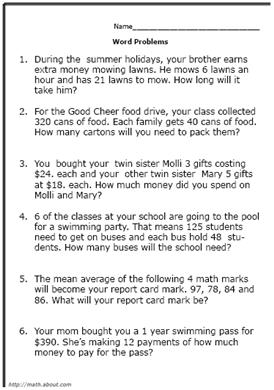
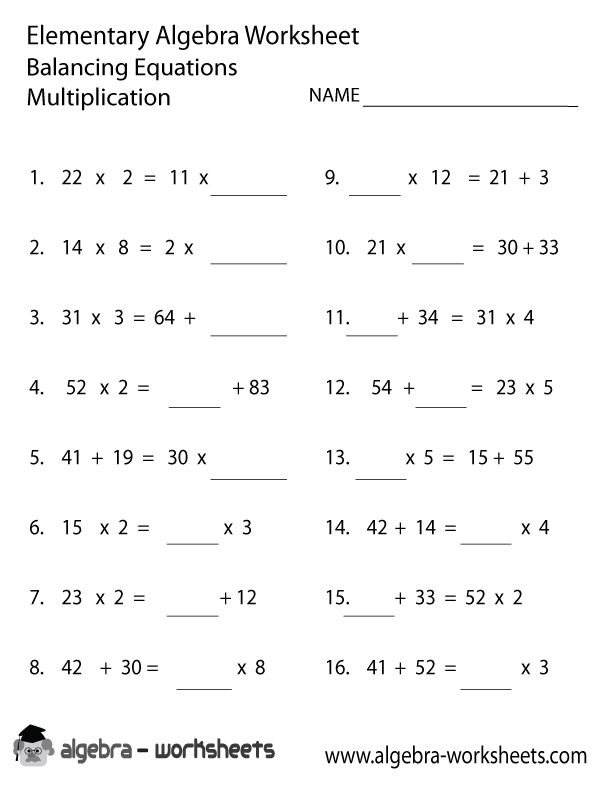

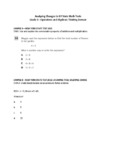
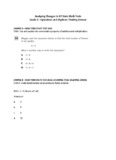
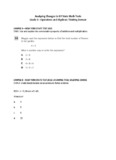
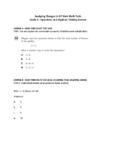
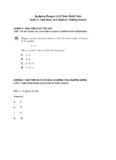
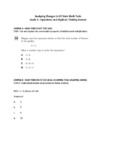
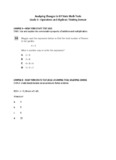














Comments